Dr. Henry Giroux
Donald Trump seems addicted to violence.
It shapes his language, politics and policies.
He revels in a public discourse that threatens, humiliates and bullies.
He has used language as a weapon to humiliate women, a reporter with a disability, Pope Francis and any political opponent who criticizes him. He has publicly humiliated members of his own cabinet and party, including Attorney General Jeff Sessions and a terminally ill John McCain, not to mention the insults and lies he perpetrated against former FBI Director James Comey after firing him.
Trump has humiliated world leaders with insulting and belittling language. He not only insulted North Korean leader Kim Jong-un with the war-like moniker “Rocket Man,” he appeared before the United Nations and blithely threatened to address the nuclear standoff with North Korea by wiping out its 25 million inhabitants.
He has attacked the mayor of San Juan, Puerto Rico for pleading for help in the aftermath of a hurricane that has devastated the island and left many Puerto Ricans without homes or drinking water.
He has emboldened and tacitly supported the violent actions of white supremacists, and during the presidential campaign encouraged right-wing thugs to attack dissenters — especially people of colour. He stated that he would pay the legal costs of a supporter who attacked a black protester.
During his presidential campaign, he endorsed state torture and pandered to the spectacle of violence that his adoring crowds treated like theatre as they shouted and screamed for more.
Violence for Trump became performative, used to draw attention to himself as the ultimate tough guy. He acted as a mafia figure willing to engage in violence as an act of vengeance and retribution aimed at those who refused to buy into his retrograde nationalism, regressive militarism and nihilistic sadism.
‘Lock her up’
The endless call at his rallies to “lock her up” was more than an attack on Hillary Clinton; he endorsed the manufacture of a police state where the call to law and order become the foundation for Trump’s descent into authoritarianism.
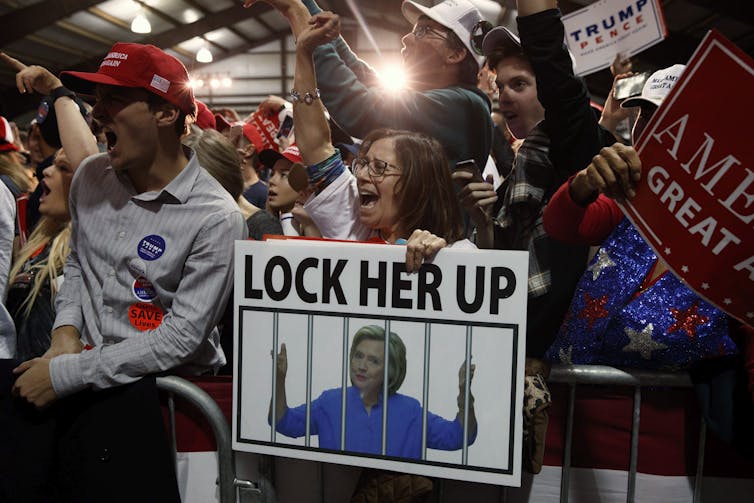
On a policy level, he has instituted directives to remilitarize the police by providing them with all manner of Army surplus weapons — especially those local police forces dealing with issues of racism and poverty. He actually endorsed and condoned police brutality while addressing a crowd of police officers in Long Island, New York, this summer.
These are just a few examples of the many ways in which Trump repeatedly gives licence to his base and others to commit acts of violence.
What’s more, he also appears to relish representations of violence, suggesting on one occasion that it’s a good way to deal with the “fake news” media. He tweeted an edited video showing him body-slamming and punching a man with the CNN logo superimposed on his head during a wrestling match.
And recently, he retweeted an edited video from an anti-Semite’s account that showed Trump driving a golf ball into the back of Hillary Clinton’s head.
Trump’s domestic policies instill fear
The violence has found its way into Trump’s domestic policies, which bear the weight of a form of domestic terrorism — policies that instill in specific populations fear through intimidation and coercion.
Trump’s call to deport 800,000 individuals brought to the United States as illegal immigrants through no intention of their own — and who know no other country than the U.S. — reflects more than a savage act of a white nationalism. This cruel and inhumane policy also suggests the underlying state violence inherent in embracing the politics of disappearance and disposability.
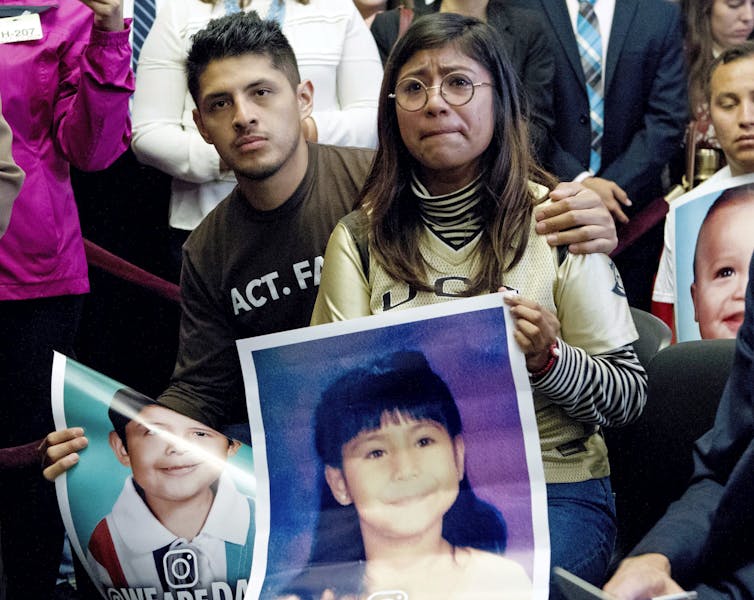
There’s also Trump’s pardon of the vile Joe Arpaio, the disgraced former Arizona sheriff and notorious racist who was renowned by white supremacists and bigots for his hatred of undocumented immigrants and his abuse and mistreatment of prisoners.
This growing culture of cruelty offers support for a society of violence in the United States. Before Trump’s election, that society resided on the margins of power. Now it’s at the centre.
Trump’s disregard for human life is evident in a range of policies. They include withdrawing from the Paris Agreement on climate change, slashing jobs at the Environmental Protection Agency, gutting teen pregnancy prevention programs and ending funds to fight white supremacy and other hate groups.
Budget punishes poor children
At the same time, Trump has called for a US$52 billion increase in the military budget while arguing for months in favour of doing away with Obamacare and leaving tens of millions of Americans without health coverage.
Many young, old and vulnerable populations will pay with their lives for Trump’s embrace of this form of domestic terrorism.
He’s added a new dimension of cruelty to the policies that affect children, especially the poor. His proposed 2018 budget features draconian cuts in programs that benefit poor children.
Trump supports cutting food stamp programs (SNAP) to the tune of US$193 billion; slashing US$610 billion over 10 years from Medicaid, which aids 37 million children; chopping US$5.8 billion from the budget of the Children’s Health Insurance Program which serves nine million kids; defunding public schools by US$9.2 billion; and eliminating a number of community-assisted programs for the poor and young people.
These cruel cuts merge with the ruthlessness of a punishing state that under Trump and Attorney General Sessions is poised to implement a law-and-order campaign that criminalizes the behaviour of the poor, especially Blacks.
It gets worse. At the same time, Trump also supports policies that pollute the planet and increase health risks to the most vulnerable and powerless.
Violence an American hallmark
Violence, sadly, runs through the United States like an electric current. And it’s become the primary tool both for entertaining people and addressing social problems. It also works to destroy the civic institutions that make a democracy possible.
Needless to say, Trump is not the sole reason for this more visible expression of extreme violence on the domestic and foreign fronts.
On the contrary. He’s the endpoint of a series of anti-democratic practices, policies and values that have been gaining ground since the emergence of the political and economic counterrevolution that gained full force with the election of Ronald Reagan in 1980, along with the rule of financial capital and the embrace of a culture of precarity.
Trump is the unbridled legitimator-in-chief of gun culture, police brutality, a war machine, violent hypermasculinity and a political and social order that expands the boundaries of social abandonment and the politics of disposability — especially for those marginalized by race and class.
He’s emboldened the idea that violence is the only viable political response to social problems, and in doing so normalizes violence.
Violence that once seemed unthinkable has become central to Trump’s understanding of how American society now defines itself.
Language in the service of violence has a long history in the United States, and in this current historical moment, we now have the violence of organized forgetting.
Violence as a source of pleasure
As memory recedes, violence as a toxin morphs into entertainment, policy and world views.
What’s different about Trump is that he revels in the use of violence and war-mongering brutality to inflict humiliation and pain on people. He pulls the curtains away from a systemic culture of cruelty and a racially inflected mass- incarceration state. He publicly celebrates his own sadistic investment in violence as a source of pleasure.
At the moment, it may seem impossible to offer any resistance to this emerging authoritarianism without talking about violence, how it works, who benefits from it, whom it affects and why it’s become so normalized.
But this doesn’t have to be the case once we understand that the scourge of American violence is as much an educational issue as it is a political concern.
The challenge is to address how to educate people about violence through rigorous and accessible historical, social, relational analyses and narratives that provide a comprehensive understanding of how the different registers of violence are connected to new forms of American authoritarianism.
This means making power and its connection to violence visible through the exposure of larger structural and systemic economic forces.
‘Dead zones’ of imagination
It means illustrating with great care and detail how violence is reproduced and legitimized through mass illiteracy and the dead zones of the imagination.
It means moving away from analyzing violence as an abstraction by showing how it actually manifests itself in everyday life to inflict massive human suffering and despair.
The American public needs a new understanding of how civic institutions collapse under the force of state violence, how language coarsens in the service of carnage, how a culture hardens in a market society so as to foster contempt for compassion while exalting a culture of cruelty.
How does neoliberal capitalism work to spread the celebration of violence through its commanding cultural apparatuses and social media?
How does war culture come to dominate civic life and become the most honoured ideal in American society?
Unless Americans can begin to address these issues as part of a broader discourse committed to resisting the growing authoritarianism in the United States, the plague of mass violence will continue — and the once-shining promise of American democracy will become nothing more than a relic of history.
Source:
https://theconversation.com/donald-trumps-passion-for-cruelty-84819

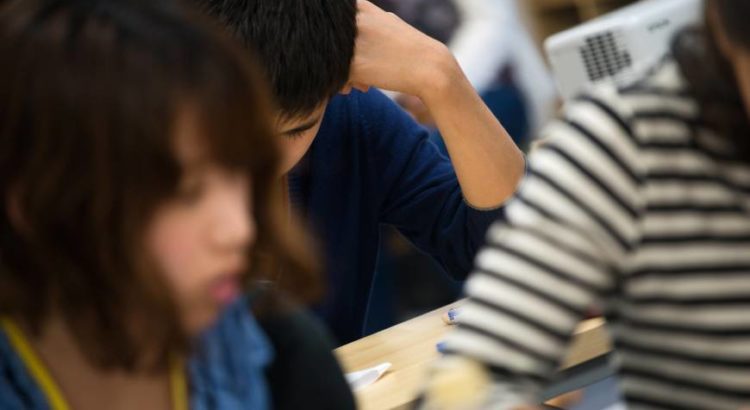

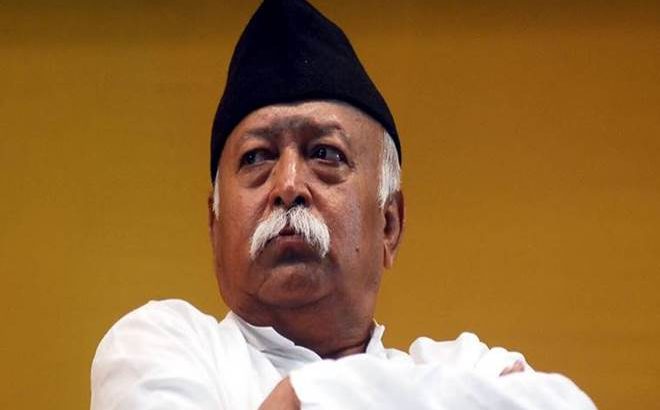
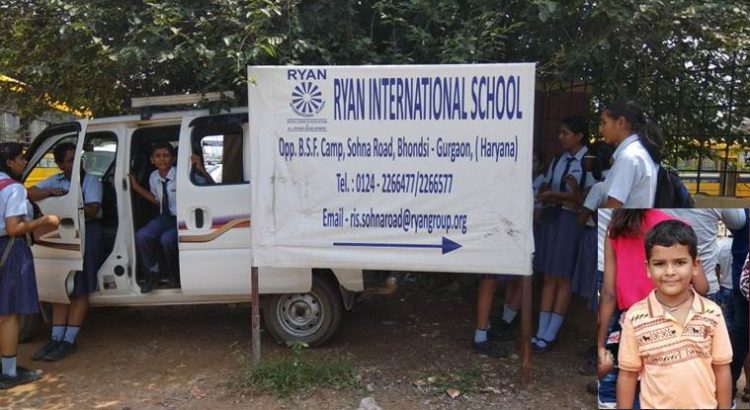
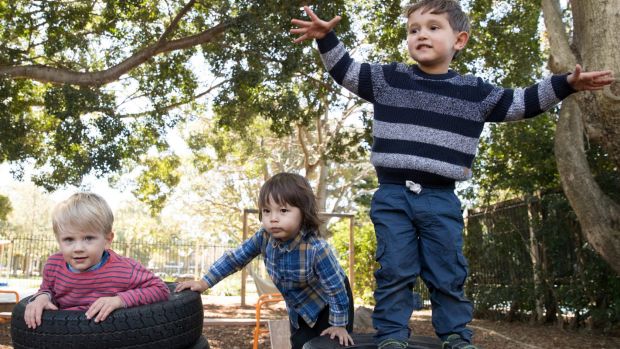

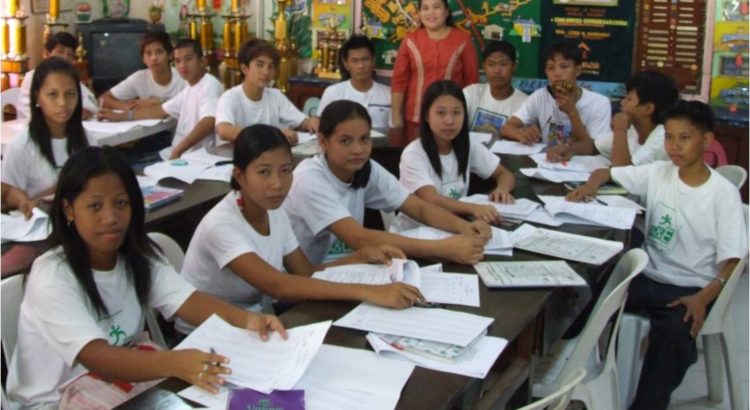






 Users Today : 47
Users Today : 47 Total Users : 35459642
Total Users : 35459642 Views Today : 100
Views Today : 100 Total views : 3418072
Total views : 3418072